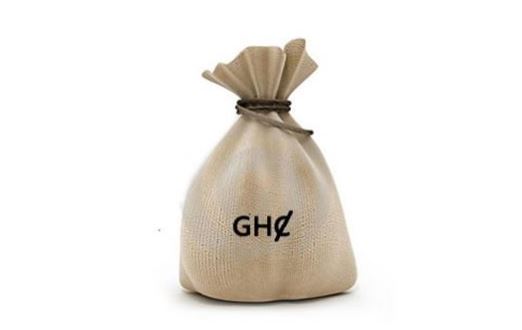Government will borrow ¢4.59 billion as fresh funds in the second quarter of this year to finance part of its budget.
This will however be higher than the ¢3.78 billion borrowed in the first three months of 2022.
From the Issuance Calendar, the entire ¢4.59 billion is expected to be mobilize from the domestic market, though non-resident investors can take part in some of the bonds that will be issued.
In all, government plans to issue a total amount of ¢24.69 billion, of which ¢20.10 billion is to rollover maturities.
Chunk of the monies to be borrowed will come from the 91-day and 182-day Treasury bills.
Whilst the three and six-months bill will be issued weekly, the one-year bill will be issued bi-weekly. There will also be some issuances of medium to long term bonds.
According to the Bank of Ghana, government expects the 2nd quarter calendar to meet the requirements of market participants.
Again, government is assuring all stakeholders and the public that it will continue to strive for greater predictability and transparency in the domestic bond market.
Ghana’s public debt increased to ¢351bn in December 202
Ghana’s public debt stock rose to ¢351.8 billion in December 2021, from ¢344.5 billion in November 2021, about 80.1% of Gross Domestic Product (GDP), the March 2022 Summary of Economic and Financial Data by the Bank of Ghana (BoG) has revealed.
This confirmed Economists, Analysts and Market Watchers fears that the country’s debt had gotten out of hand and was estimated at about 80% of GDP in 2021.
According to the figures from the Central Bank, about ¢730 million fresh loans were added to the total public debt stock in December 2021. The increment may partially be due to the depreciation of the cedi during the last two months of 2021, which consequently increased the external debt component.







